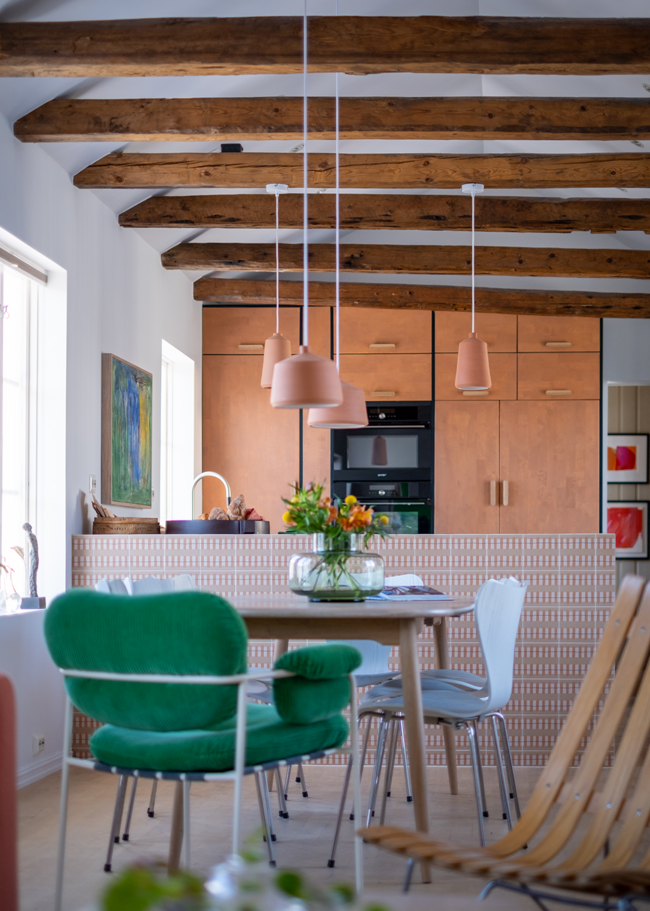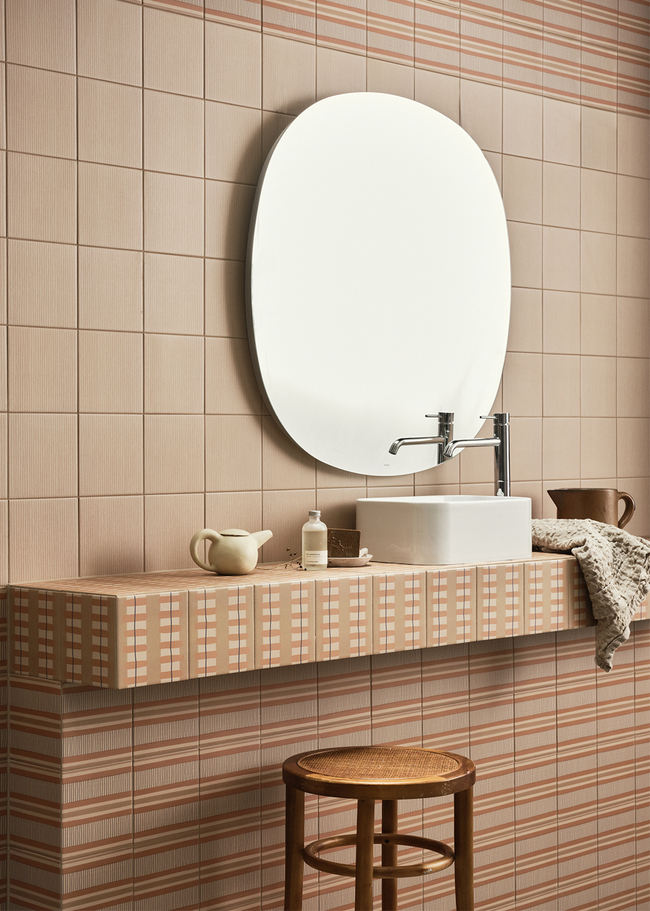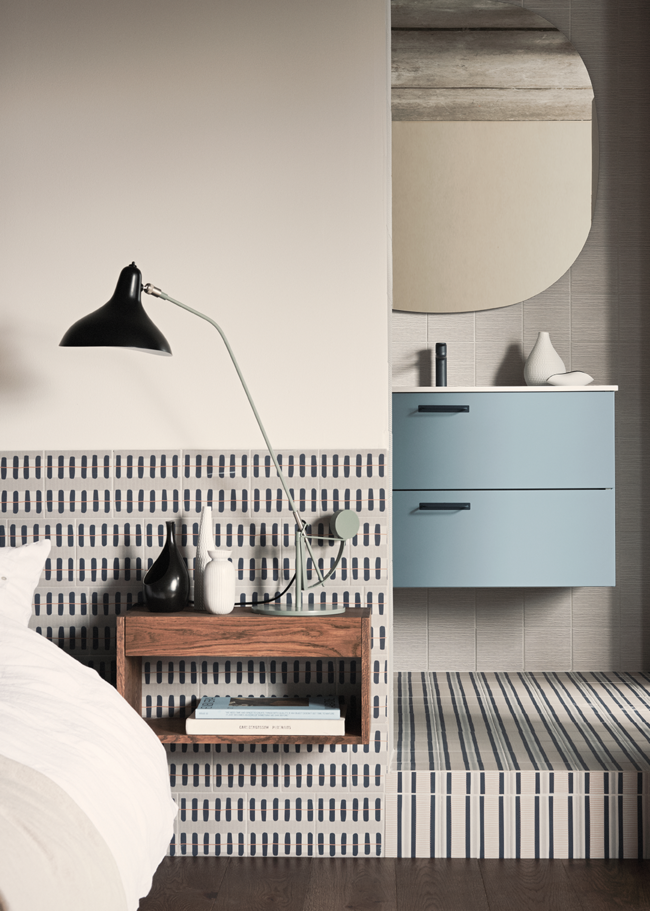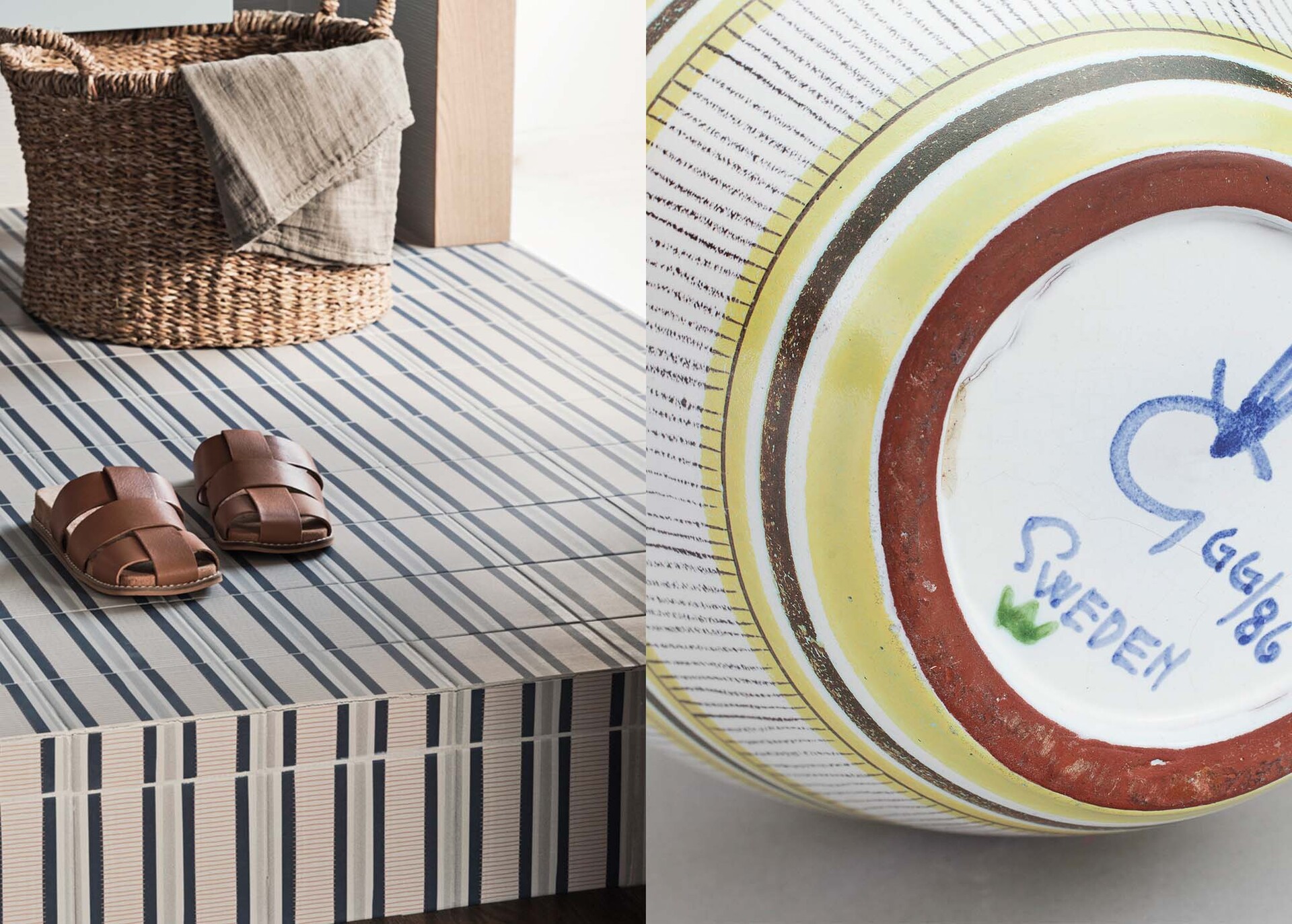
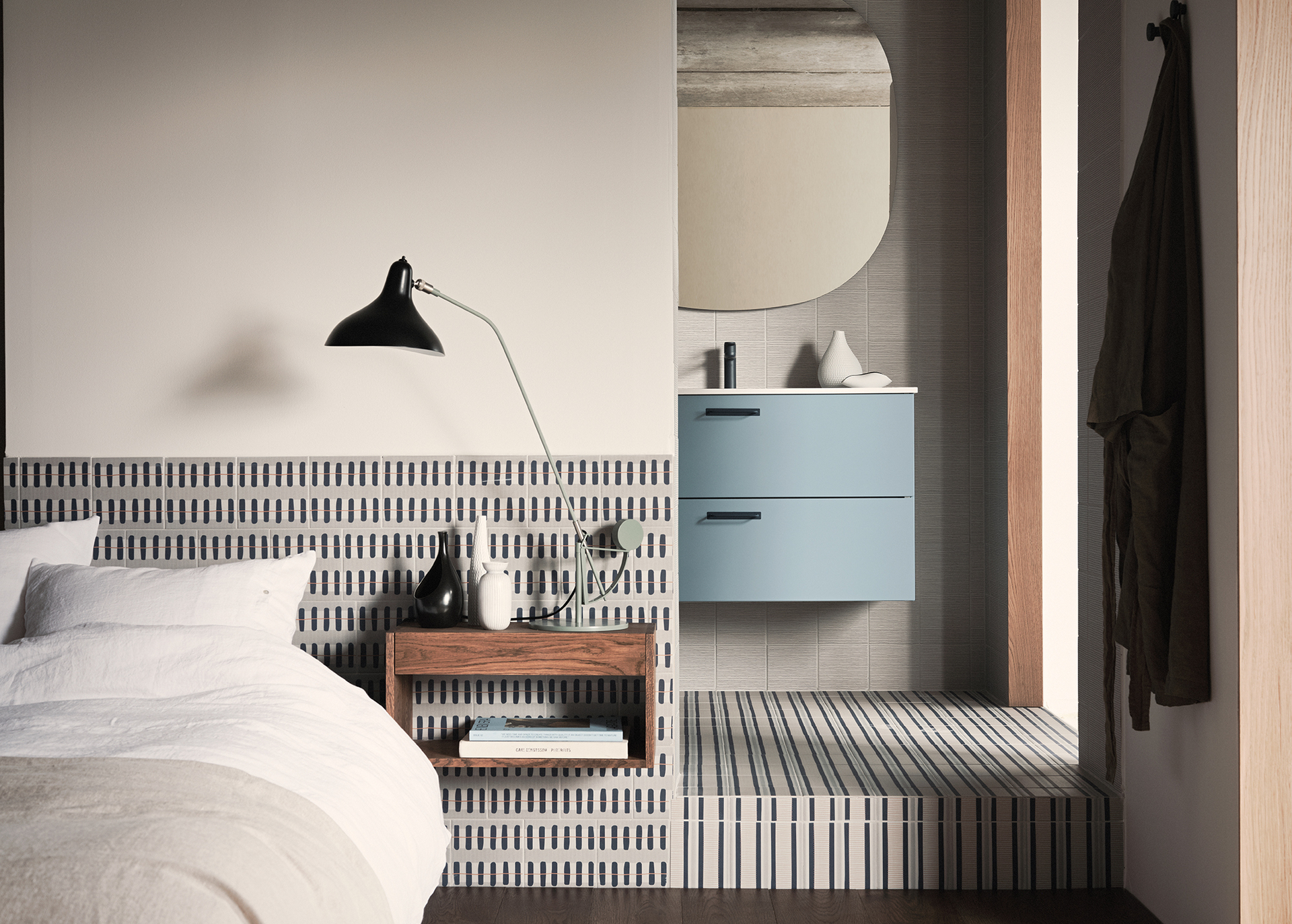)
Series Stig Lindberg
Stig Lindberg
Stig Lindberg is one of Sweden's most beloved designers and is sometimes called "the man who designed folkhemmet". In collaboration with NOTE design studio, Bricmate has selected and updated four of Stig Lindberg's designs.
Wall / Floor / Frost resistant / Modular adapted
 STIG LINDBERG FILIGRAN BROWN Floor & Wall 148x148 (mm)
STIG LINDBERG FILIGRAN BROWN Floor & Wall 148x148 (mm) STIG LINDBERG FILIGRAN YELLOW Floor & Wall 148x148 (mm)
STIG LINDBERG FILIGRAN YELLOW Floor & Wall 148x148 (mm) STIG LINDBERG FILIGRAN BLUE Floor & Wall 148x148 (mm)
STIG LINDBERG FILIGRAN BLUE Floor & Wall 148x148 (mm) STIG LINDBERG DOT BROWN Floor & Wall 148x148 (mm)
STIG LINDBERG DOT BROWN Floor & Wall 148x148 (mm) STIG LINDBERG DOT YELLOW Floor & Wall 148x148 (mm)
STIG LINDBERG DOT YELLOW Floor & Wall 148x148 (mm) STIG LINDBERG DOT BLUE Floor & Wall 148x148 (mm)
STIG LINDBERG DOT BLUE Floor & Wall 148x148 (mm) STIG LINDBERG RAILING BROWN Floor & Wall 148x148 (mm)
STIG LINDBERG RAILING BROWN Floor & Wall 148x148 (mm) STIG LINDBERG RAILING YELLOW Floor & Wall 148x148 (mm)
STIG LINDBERG RAILING YELLOW Floor & Wall 148x148 (mm) STIG LINDBERG RAILING BLUE Floor & Wall 148x148 (mm)
STIG LINDBERG RAILING BLUE Floor & Wall 148x148 (mm) STIG LINDBERG LATTICE BROWN Floor & Wall 148x148 (mm)
STIG LINDBERG LATTICE BROWN Floor & Wall 148x148 (mm) STIG LINDBERG LATTICE YELLOW Floor & Wall 148x148 (mm)
STIG LINDBERG LATTICE YELLOW Floor & Wall 148x148 (mm) STIG LINDBERG LATTICE BLUE Floor & Wall 148x148 (mm)
STIG LINDBERG LATTICE BLUE Floor & Wall 148x148 (mm)
More inspiration
Document
Environmental declarations Certificate etc.
Byggvarubedömningen ID :
178270
BASTA ID :
Stig Lindberg
Nordic Swan Ecolabel BPP:
D Stig Lindberg
Sunda Hus ID:
D Stig Lindberg












